Tesla Launches Robotaxi Service in Austin: A New Era for Autonomous Mobility
Tesla Inc. $TSLA has reached a defining moment in its transformation strategy with the upcoming introduction of its robotaxi service in Austin, scheduled for June 12. This pivotal launch forms a central component of Elon Musk’s vision to reposition Tesla as a technology-driven innovator, focusing heavily on driverless vehicles and advanced AI solutions. The rollout underscores Tesla’s commitment to developing scalable, commercially viable autonomous transportation.
First Public Road Test: Technology in Action
In the build-up to the service launch, Tesla conducted its initial public test of driverless operation in Austin this week. A Model Y SUV navigated city streets without anyone at the wheel, while a Tesla engineer remained in the passenger seat, monitoring performance but not intervening. The absence of both a human driver and remote operation signals maturity in Tesla’s Full Self-Driving (FSD) capabilities, solidifying their progress in real-world scenarios.
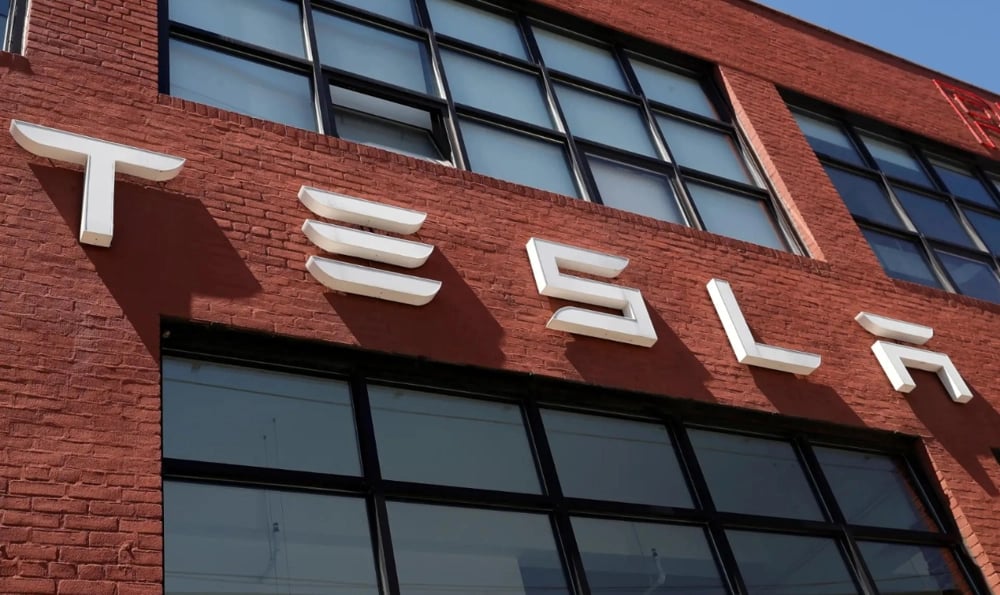
Market Response and Share Volatility
The prospect of commercializing autonomous ride-hailing energized market sentiment, reflected in a 3% pre-market surge in TSLA stock on Thursday in New York. However, despite renewed optimism, Tesla’s shares remain down by 12% year-to-date, highlighting underlying volatility and investor scrutiny of the company’s AI and mobility ambitions.
Key Developments Surrounding the Austin Robotaxi Rollout
Confirmation of the robotaxi service debut in Austin on June 12, advancing Tesla’s AI-focused strategy;
Execution of the first fully autonomous public test: Model Y operated driverless, with an engineer only as a passive passenger;
Enhancement in confidence regarding the functionality and safety of FSD technology as showcased on actual city roads;
Short-term TSLA share price rebound on implementation milestones, despite year-to-date losses;
Increased industry attention on regulatory, competitive, and technological implications following the public trial.
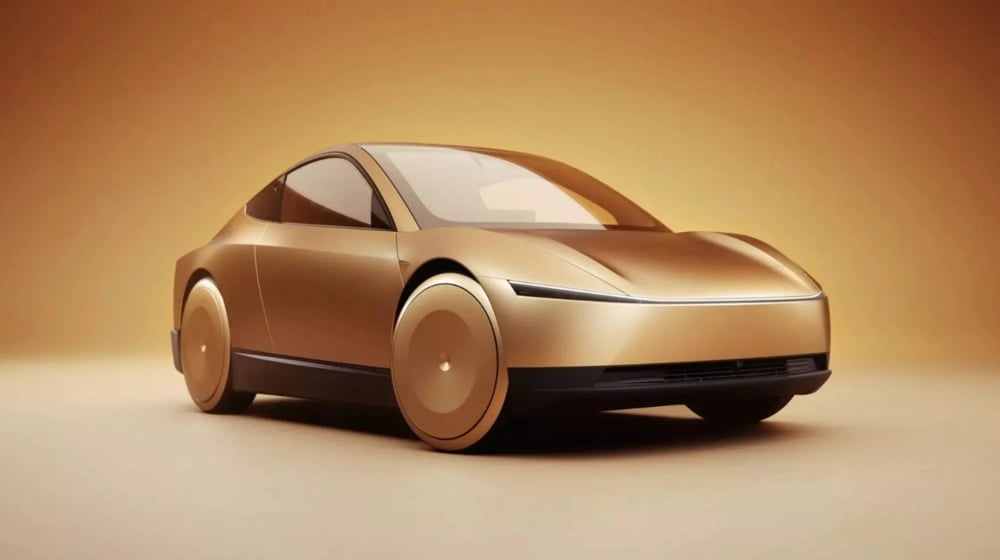
Strategic and Sectoral Impact
The Austin pilot signifies more than a technological achievement; it amplifies Tesla’s influence across both tech and automotive sectors. By moving from prototypes and closed testing environments to operating on public infrastructure, Tesla accelerates practical adoption of AI-powered vehicles. Initial results from the Austin deployment will likely provide critical inputs for industry competitors, policymakers, and investors assessing the feasibility and scalability of urban autonomous mobility networks.
The interplay of market reaction, technological milestones, and regulatory considerations will continue shaping Tesla’s trajectory as the company aims to dominate the autonomous vehicle industry. The real-world data and operational insights gained from this project stand to inform future iterations and wider rollouts, potentially rewiring perceptions of mass-market driverless solutions.


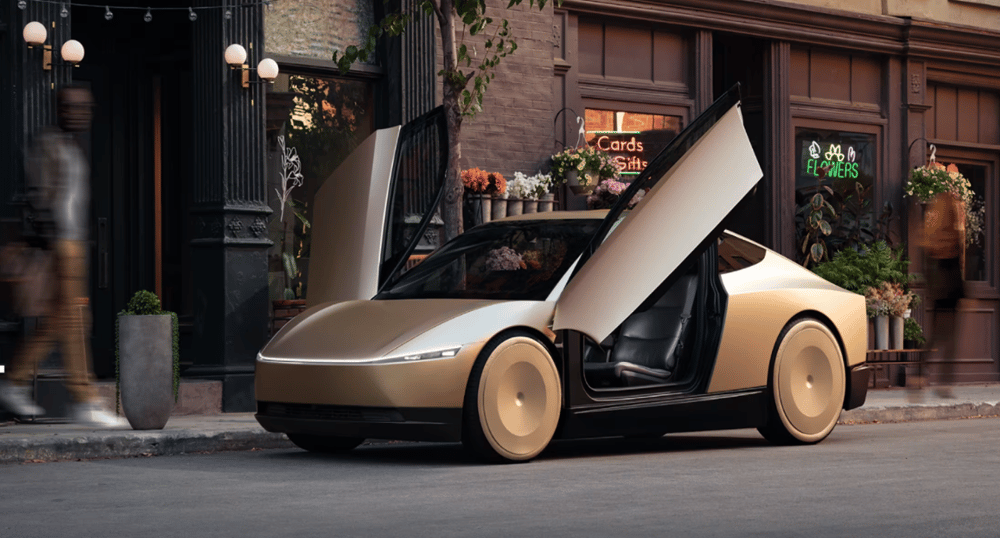
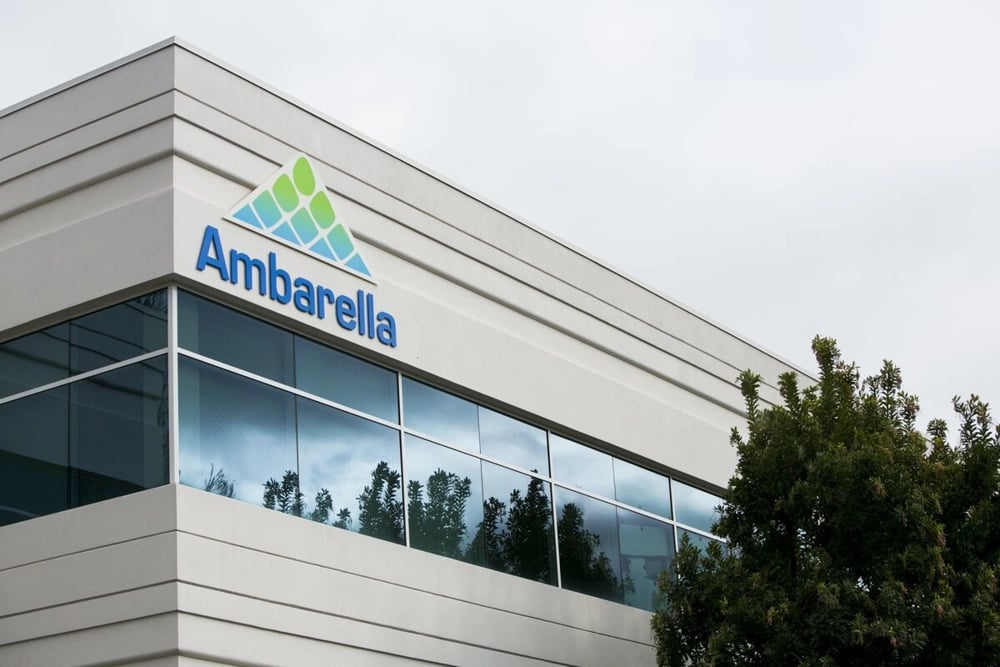
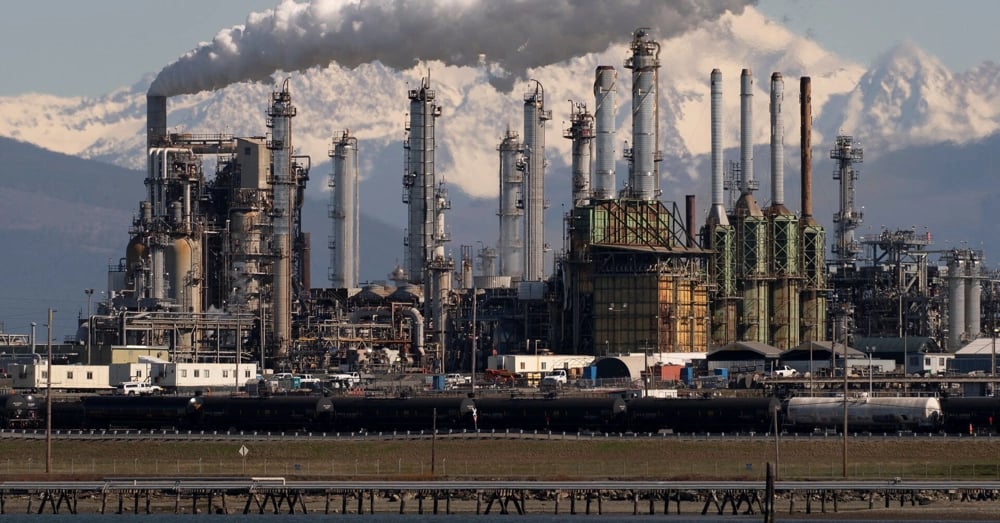




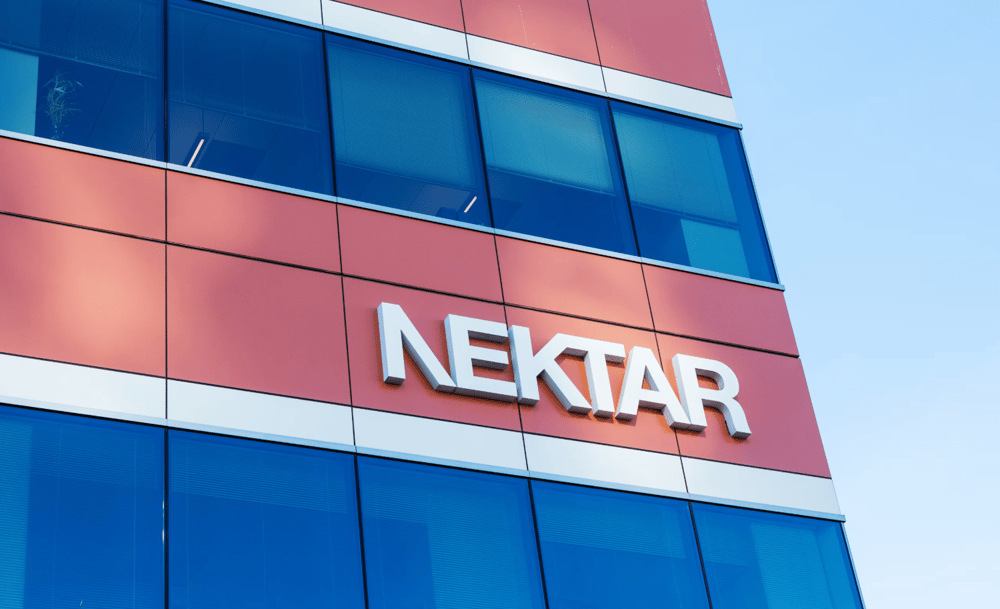
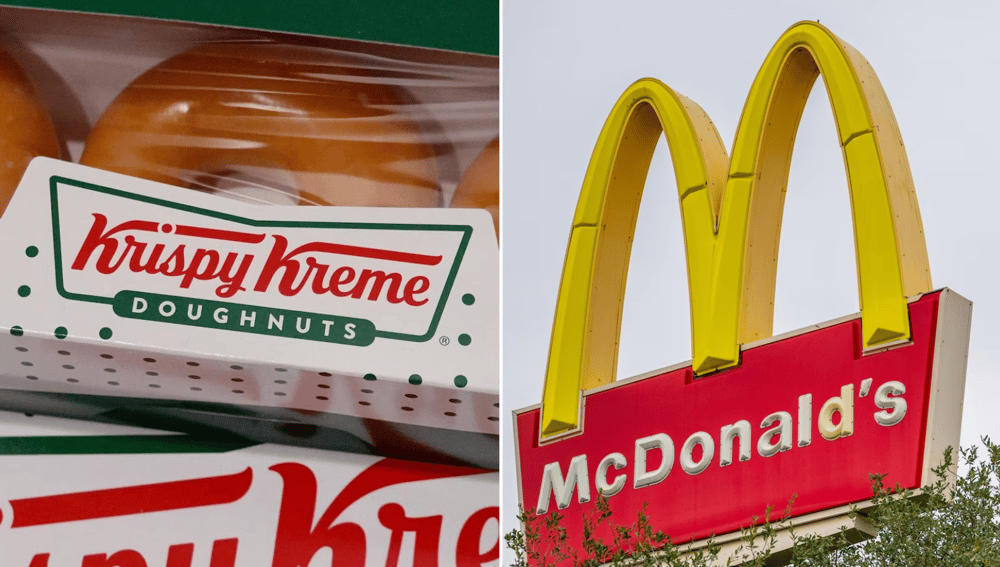
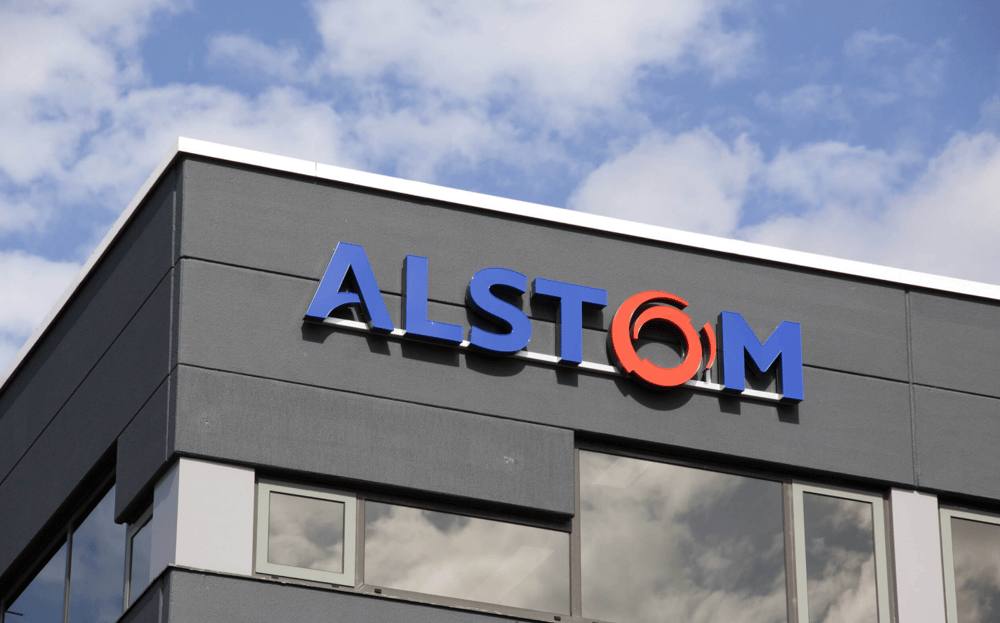
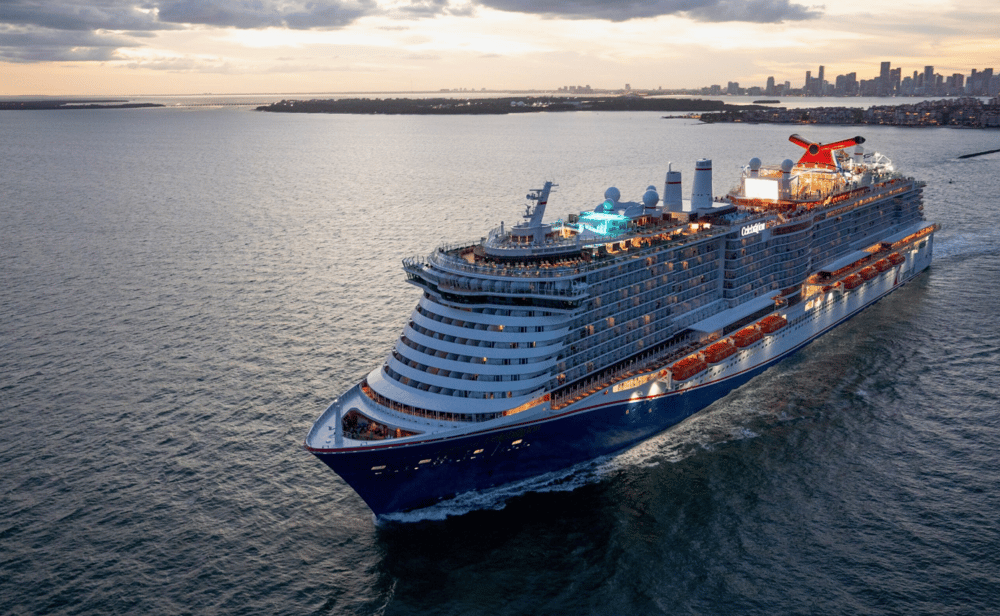


Comments
Tesla's Austin robotaxi debut feels like a genuine game-changer for the future of urban transit.
Tesla's robotaxi launch in Austin marks an exciting stride towards a future of seamless, driverless transportation.